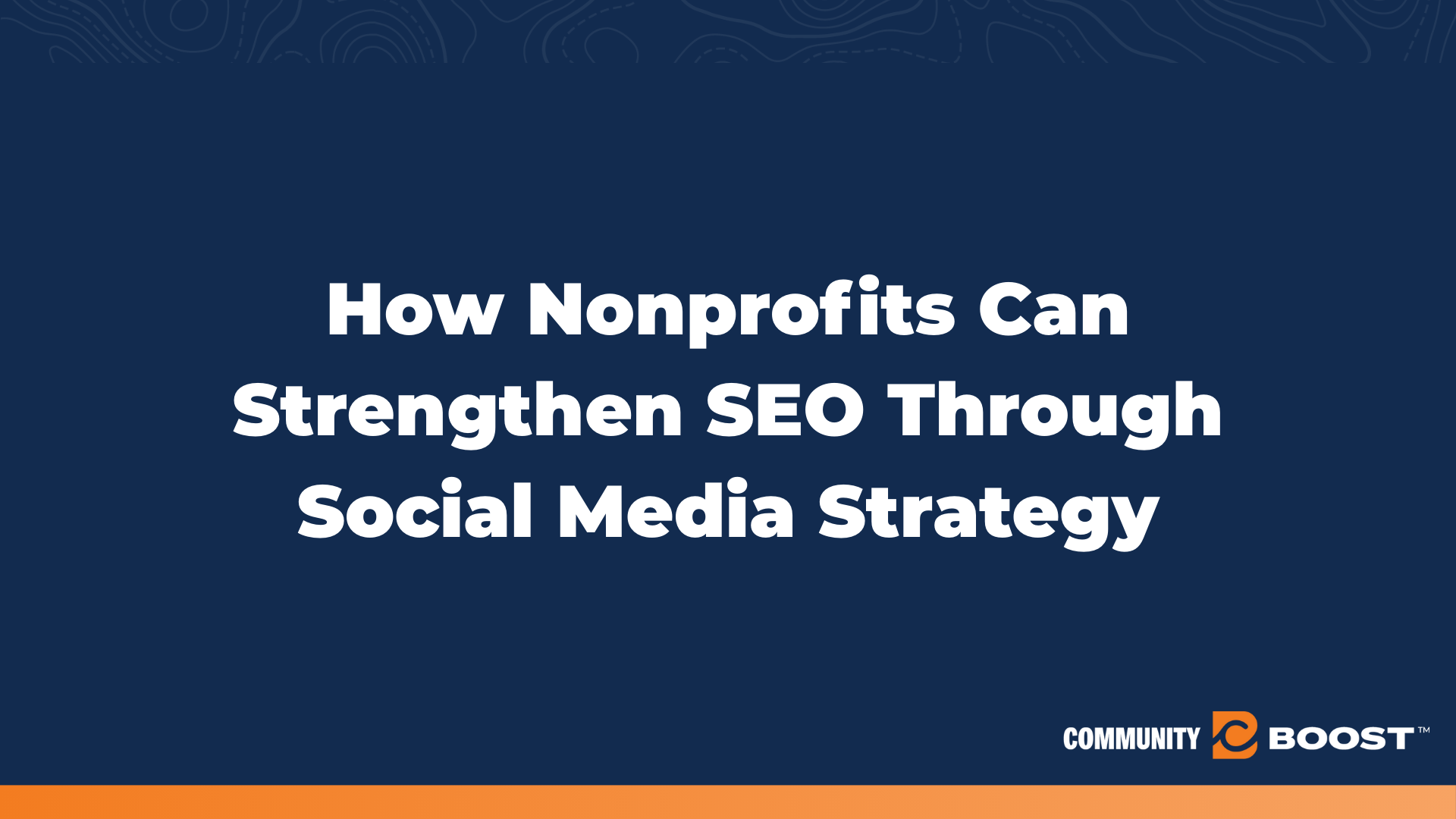Community Marketing: Revamping Engagement
min to read ✭
Consider a nonprofit striving to make a real difference but finding traditional marketing tactics like direct mail campaigns and promotional emails falling short. Despite their best efforts, the results are lukewarm, and connections with supporters feel purely transactional. They know something needs to change to truly thrive.
Many nonprofits are facing this same challenge in today’s evolving marketing landscape. There’s a noticeable shift from old-school, transactional methods to modern, community-centric strategies. This change comes from recognizing the immense value in building lasting relationships and trust with supporters.
What is Community Marketing?
Community marketing is a strategy that focuses on fostering active, non-intrusive engagement within a community. Unlike traditional digital marketing, which often relies on direct advertising and promotional spam, community marketing emphasizes building relationships and encouraging genuine interactions. This approach is about creating a sense of belonging and trust among community members, which leads to sustained engagement and support.
Traditional digital marketing tactics, such as banner ads and email blasts, often prioritize immediate sales and conversions. In contrast, community marketing aims to create long-term value by nurturing relationships. This shift is particularly beneficial for nonprofits, where the goal is not just to solicit donations but to build a committed base of supporters who are deeply engaged with the organization’s mission.
Core Principles and Strategies of Community Marketing
The foundation of community marketing lies in several core principles:
- Building Trust: Trust is the cornerstone of any successful community. Nonprofits can build trust by being transparent, consistent, and responsive in their communications.
- Enhancing User Engagement: Active participation is encouraged through various interactive elements such as social media interactions, community events, and engaging content.
- Sustaining Long-Term Relationships: The focus is on creating lasting relationships rather than one-time interactions. This involves continuous engagement and showing appreciation for the community’s support.
To bring these principles to life, nonprofits can use the following strategies:
Understanding Your Audience
Start with a deep understanding of your target audience. Identify who your potential donors are, where they spend their time, what messages resonate with them, and how they prefer to engage. Crafting personas based on real data and insights can guide your content strategy, channel selection, and messaging.
Enhancing Visibility through SEO
Make your website and content more visible by optimizing for search engines. Use relevant keywords, improve your site’s structure, and create quality content to boost your search engine ranking, leading to more traffic and potential donors.
Utilizing Digital Platforms
A strong online presence is crucial. Use social media, email marketing, and a well-designed website to engage with potential donors. Meet your audience where they’re at by choosing platforms where they’re most active and tailor your content accordingly to maximize engagement and conversions.
Storytelling That Touches Hearts
Stories have the power to connect deeply with people. Use storytelling to convey the impact of donations in a tangible and relatable way. Share success stories with visuals and narratives that highlight the human element, making your cause more relatable and showing the real-world impact of contributions.
Leveraging Partnerships
Partnerships can amplify your message and extend your reach. Collaborate with businesses, other nonprofits, or influencers who share your values. These collaborations can take many forms, from co-hosted events to joint campaigns, significantly boosting visibility and donations.
Measuring Success
Use analytics tools to track the performance of your campaigns across different channels. This data provides insights into audience behavior, engagement levels, and donation patterns, allowing you to adjust your strategies for better results. Regularly reviewing your marketing effectiveness ensures alignment with your goals.
Building Trust through Transparency
Nurture long-term support by being transparent. Show prospective donors how their contributions are being used. Open communication about financials, project outcomes, and operational challenges fosters a sense of accountability and trustworthiness.
Fostering Donor Relations
Maintain positive relationships with current donors. Personalized thank-you messages, regular updates on how their support has helped, and invitations to events or volunteer opportunities make donors feel valued and more likely to continue their support.
Implementing Community-First Strategies

Nonprofits can apply community-first principles through several actionable strategies:
- Leveraging Technology: Using digital tools to create vibrant online communities can maximize donor value. Platforms like social media, email marketing, and community forums are vital for maintaining ongoing engagement.
- Storytelling and Community Building: Collaborating with content creators and influencers can amplify the nonprofit’s message. For instance, the Truth Initiative’s “Quit Together” campaign successfully partnered with social media influencers to spread its message about quitting smoking, demonstrating the power of such collaborations.
Rethinking the Nonprofit Marketing Funnel
The Community-First Marketing Nonprofit Funnel is designed to transform nonprofit missions into movements by nurturing relationships from initial contact to committed donors. Research from the Indiana University Lilly Family School of Philanthropy emphasizes the value of personal connections in charitable giving. The study revealed that individuals are more likely to donate to fewer organizations with which they have personal or prior relationships. People also tend to give more directly to individuals and groups within their community and personal networks. This highlights the importance for nonprofits to build strong, genuine relationships as part of their community marketing strategies.
Let’s break down the funnel to understand how nonprofits can effectively capture attention, engage members, and convert them into committed donors.
Top of Funnel – Capturing Attention
Capturing attention involves storytelling on platforms where the target audience is most active. Digital advertising plays a crucial role in expanding reach and ensuring message consistency. Effective storytelling can captivate the audience’s interest and encourage them to learn more about the nonprofit’s mission.
Middle of Funnel – Engaging Members
Engaging subscribers and turning them into active community members is the next step. This can be achieved through gated content, newsletters, and events that provide value and foster deeper connections. Different community models (free, paid, freemium) can also impact engagement and conversion rates.
Bottom of Funnel – Converting to Donors
The final stage focuses on converting community members into donors. Exceptional donor experiences are essential for retention and turning donors into advocates. This involves personalized communication, showing appreciation, and demonstrating the impact of their contributions.
Transform Your Nonprofit Engagement
Community marketing has the power to transform nonprofit engagement, moving beyond traditional methods to create lasting relationships and profound impacts. By adopting a community-first approach, you can maximize your organization’s reach and effectiveness.
Looking to revamp your marketing strategies and deepen your engagement? Contact Community Boost for more information.





